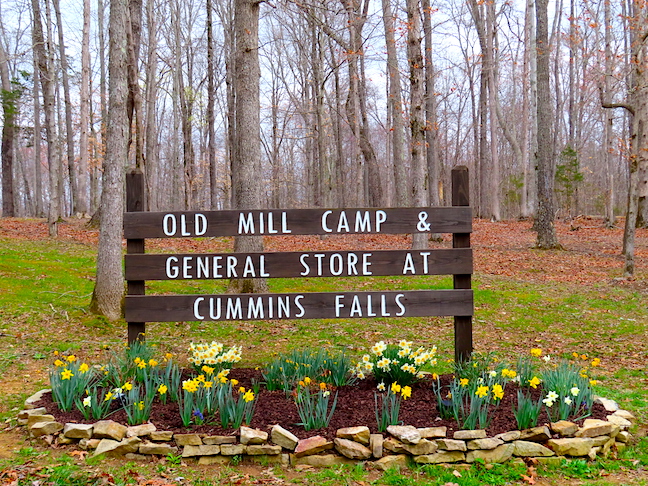Nine-miles north of Cookeville, Tennessee the Blackburn Fork State Scenic River continues to cut a deep gash through the Eastern Highland Rim. The 282-acre park’s rich history includes buffalo wallows, Cherokee Indian hunting parties, thriving mills, and a parade of visitors drawn by the commerce and stunning beauty of the area
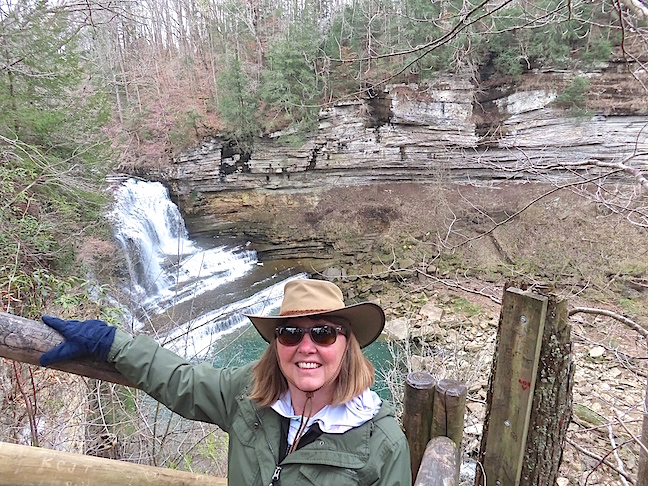
The splendid falls have created a 75-foot, stair-stepped drop, as seen from the overlook on a loop trail beginning at the parking lot for the park’s visitor’s center.

The trail to the gorge’s bottom includes a steep elevation drop over slippery rocks. Hikers must wade through the river in several places to reach the base of the falls. It’s a difficult trek and ill-advised on cold days after recent rains, like our late March visit.
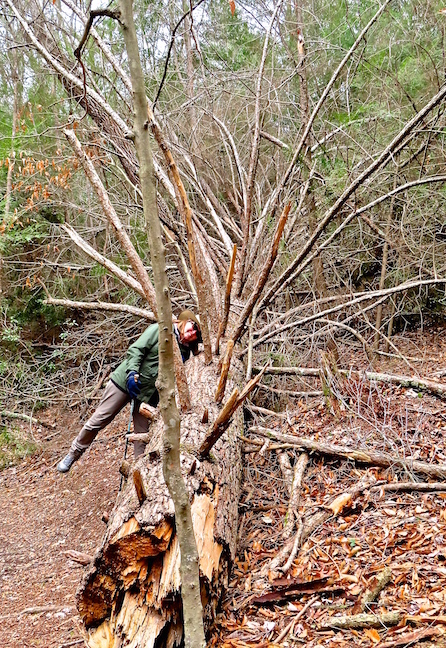
We chose to hike the loop along the gorge’s rim. Recent heavy rains saturated the soil making deadfalls from high winds plentiful along the well-maintained trail.

There were few visitors on this cold, blustery day leaving us a choice viewing spot to enjoy our lunch in solitude.

John Cummins built his first mill on the Blackburn Fork in 1825 and larger second mill in 1845. Both structures were swept away in the great flood of 1928. This old cabin survived on higher ground.

The railroad was instrumental in Cookeville becoming the largest city and county seat of Putnam County, TN.
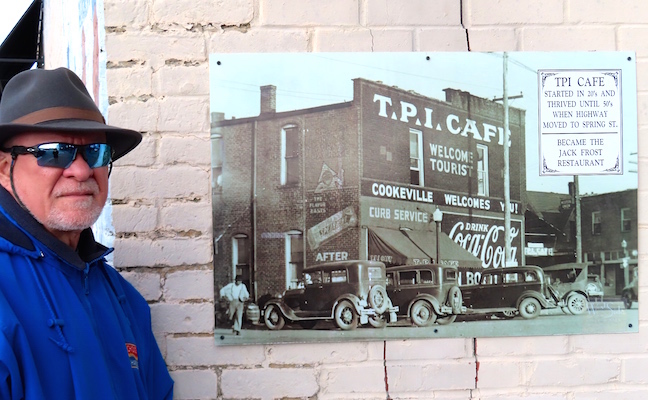
Cookeville’s current micropolatin population is just under 35,000. The community’s efforts to save its historic downtown have resulted in a charming draw for tourist traffic. We liked the old photos posted on rejuvenated structures depicting their original uses.
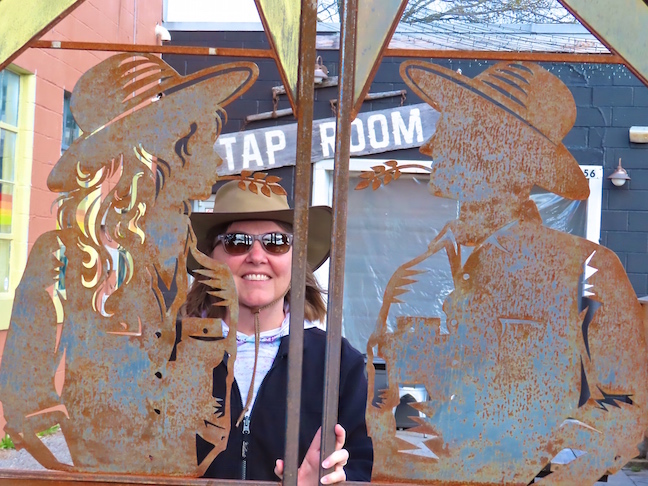
Cookeville’s historic downtown has two breweries and Ralph’s Donut Shop, which has been wrecking patrons’ waistlines for over 60 years.
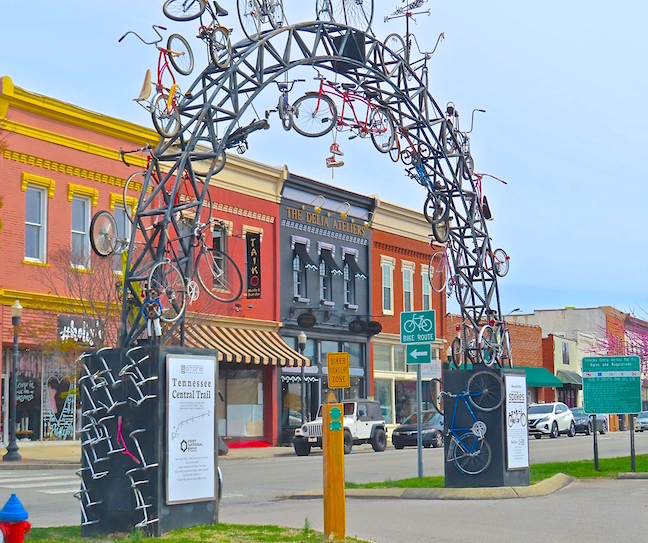
Cookeville’s Spokes Sculpture marks the entrance to the bike path to neighboring Algood and welcome’s visitors to this cool historic district that’s a must see after Cummins Falls.

